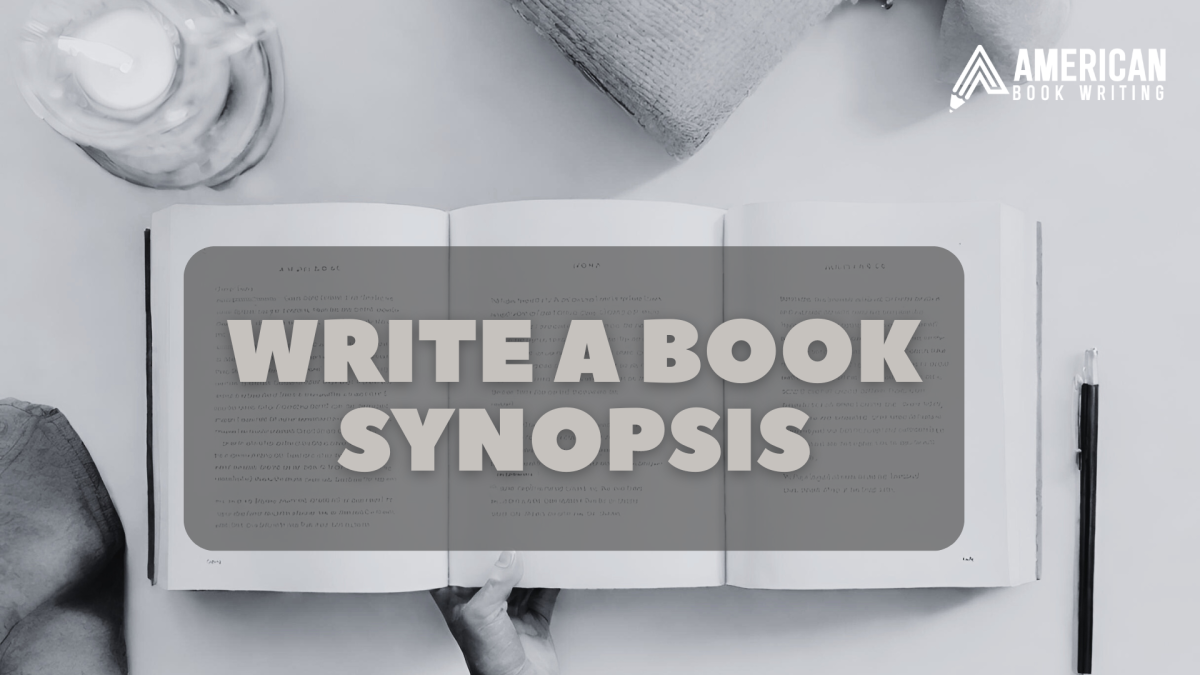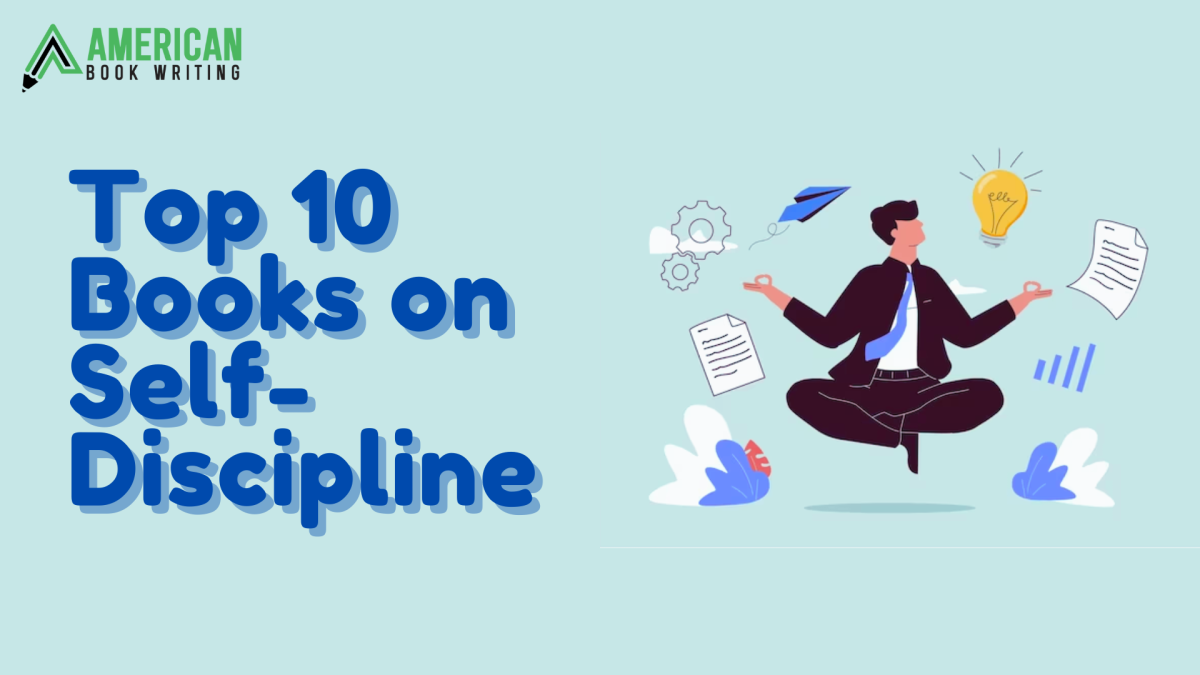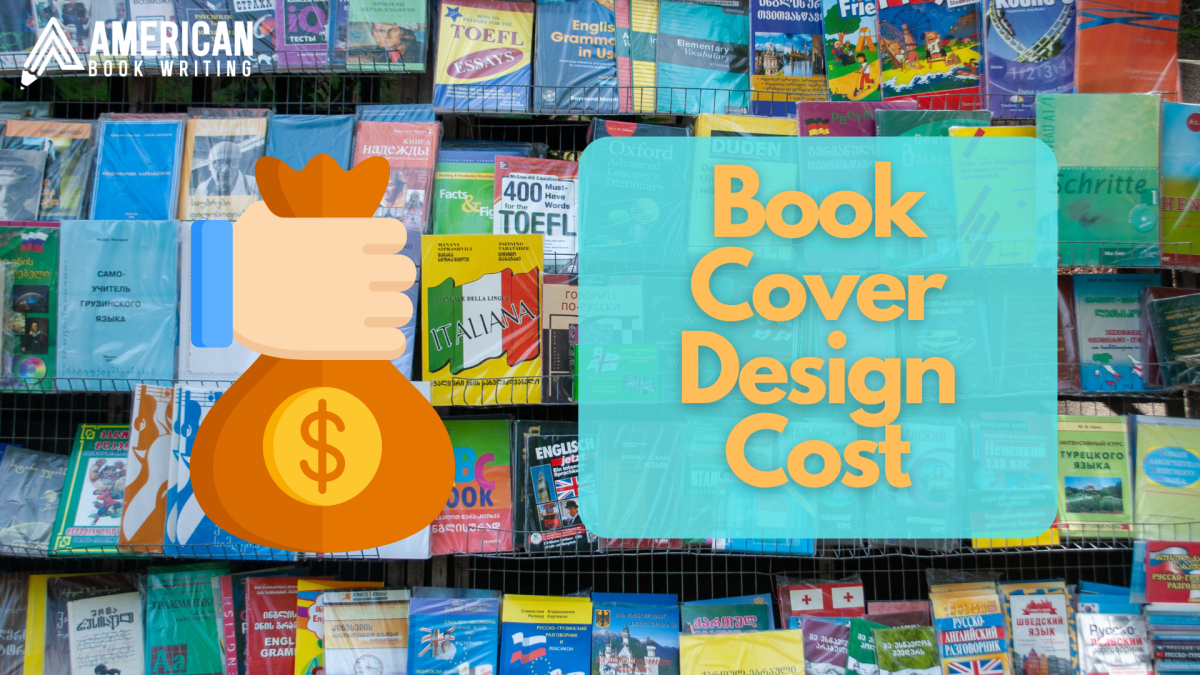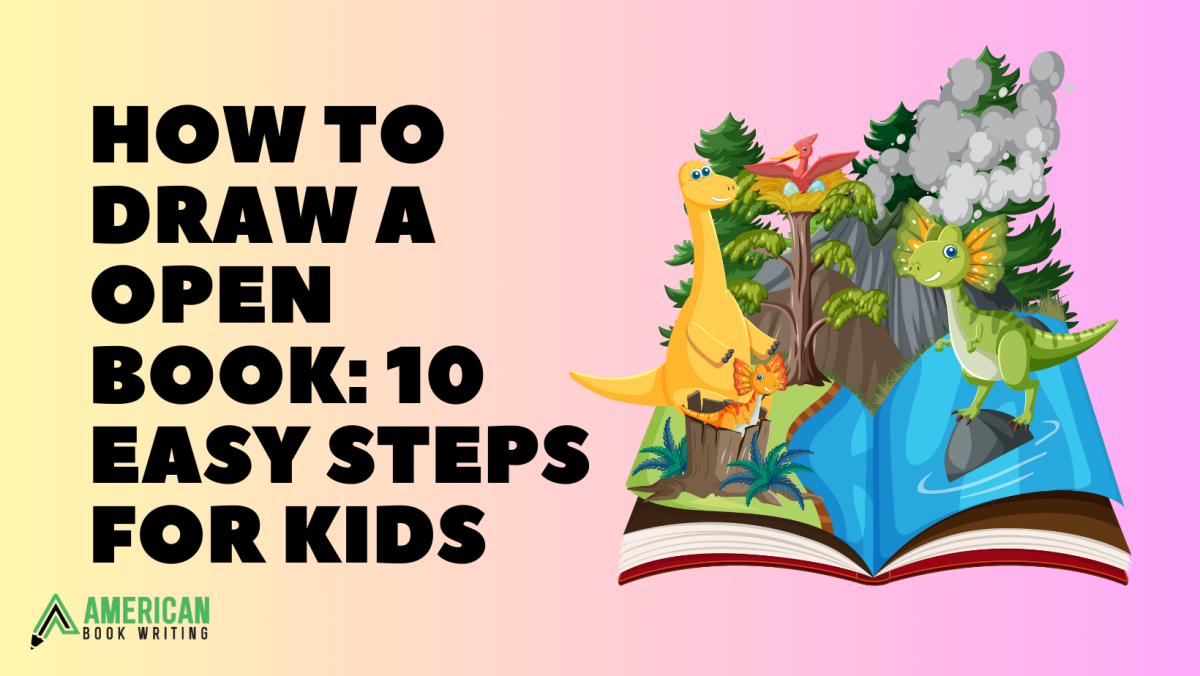Write a Book
Crafting a book synopsis is a critical skill for any writer aiming to capture the interest of readers, agents, and publishers. This concise document bridges your manuscript and its potential audience, providing a clear, compelling summary of your story’s plot, characters, and thematic elements.
However, it is not easy to write a book synopsis if you are not aware of all the do’s and don’ts. You must be brief yet comprehensive, engaging yet straightforward, and revealing enough to intrigue without revealing all your secrets.
What Is a Synopsis?
To write a book synopsis, try to add highlights and key story points and explain the book’s essential aspects. Its goal is to get a literary agent interested in the story so they can try to pitch the finished work to a publisher. Usually, it comes with a query letter and a manuscript sample in the submissions package.
To clarify your plot, a summary uses a neutral tone and shows the story’s main arc. It usually includes summarizing your main ideas, important character descriptions, and significant plot twists and endings. As a result, the reader is more likely to be captivated and finish reading the book.
Occasionally, the opening of a summary sets the stage for the book’s storyline. This can assist in illuminating the motivations and personality of the primary character. The features included in the summary could differ from one book to another, but they should consistently adhere to the novel’s narrative sequence.
The text found in the book’s back jacket differs from the synopsis. To grab the reader’s interest, book blurbs are typically only concise writing.
How to Write an Outline for A Book?
To write a book synopsis, follow these steps:
Begin with a strong sentence: First, when you write a book, talk about the main character and the major struggle or idea of the story. This makes things possible for what’s to come. Give readers a strong emotional reason to connect with the main character by introducing them in a way that shows their unique personality, goals, and problems.
Key characters and plot: Briefly summarize the main characters and story points. Remember that the goal is to give a general idea of how the story goes without going into too much detail. Include character names, jobs, and beginning goals to help readers connect emotionally with the story’s main characters.
Character growth and narrative arc: Show how your figures change as the story progresses. Ghostwriters should bring attention to their problems and how they affect the story. Character growth is important because it gives your story more meaning. Readers feel connected to people who change and grow over time. Their problems let us see different sides of their personalities and move the story forward.
Have a powerful conclusion: Synopses should indicate the finale, unlike book blurbs. In this way, the readers may see the narrative arc in its entirety. Remember that the summary should explain the ending without revealing every plot surprise, allowing readers to appreciate the book’s finer narrative complexities.
Get some feedback: Before writing a book synopsis and sending your initial draft of the synopsis to an agent, have an alpha or beta reader look it over. Ask them what they think, and then make the changes you need to make to your book summary.
Three Crucial Elements of a Book Summary
Writing is an art form in its own right. According to book writing services, a summary should include the following elements:
- Characters: Write a good story built around the main character. From the start, make sure the major and supporting characters are strong and easy to remember. Find out more about how characters grow here.
- Conflict: The main thing that keeps people reading is conflict. When you write a book synopsis, include the main conflict idea. Get a better sense of the different kinds of battles here.
- Narrative arc: The narrative arc is the structure of your story. It goes from the beginning to the end. The story of your book should have many layers, but for the summary, you should boil it down to five main parts.
Examples of Book Synopsis
Here are several book synopsis examples to help you learn the craft:
Harper Lee’s “To Kill a Mockingbird”
Harper Lee’s “To Kill a Mockingbird” is a sad story set in the Deep South in the 1930s. It is also one of the best book synopsis examples that looks at racism and moral growth through the eyes of Scout Finch, a young girl. Atticus Finch, Scout’s father, is defending a black man who is wrongly accused of a crime. In their small town, Scout and her brother Jem are dealing with the hard truths of racism and the complicated nature of people. People love the book because it is warm, funny, and doesn’t shy away from discussing tough social problems.
Scott Fitzgerald’s “The Great Gatsby”
Scott Fitzgerald’s “The Great Gatsby” is a famous story set in the 1920s. The book is about the mysterious and rich Jay Gatsby, known for throwing big, fancy parties. Gatsby is driven by his love for Daisy Buchanan, a beautiful woman married to Tom Buchanan but cheats on him. Nick Carraway, Gatsby’s neighbor, tells the story. He sees the drama and sadness of Gatsby’s obsession with finding a lost love. The book looks at the American Dream, excess, and ideals.
Conclusion:
A synopsis aims to succinctly convey your book’s plot, characters, and emotional journey while enticing readers, agents, and publishers. By starting with a clear introduction, outlining the inciting incident, highlighting key plot points, detailing the climax, revealing the resolution, and employing an active voice throughout, you create a roadmap to launch a book that is both informative and engaging.




